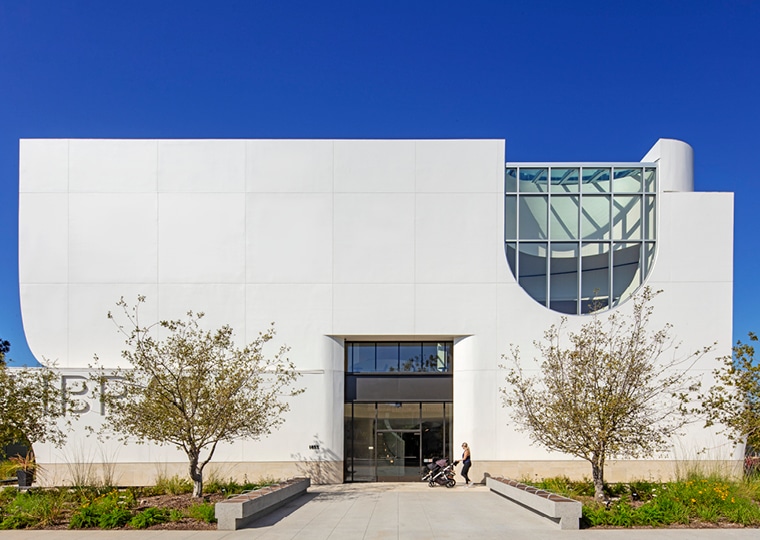Resilience and Sustainable Design
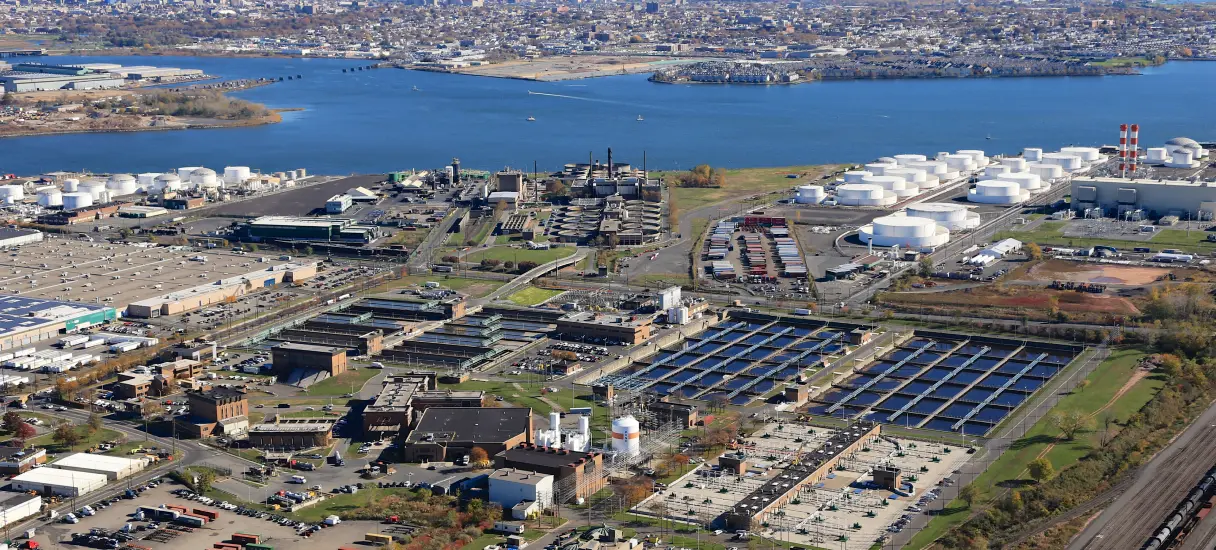
Resilience and sustainability are two sides of the same coin. At STV, we recognize that and leverage distinct methodologies that adapt to and mitigate the challenges of climate change. Our design experts employ a joint focus towards system survivability that addresses resilience and sustainability through life cycle, structural, and socioeconomical analyses.
Resilience considers the resistance to potential hazards, adaptive capacity and the quick recovery after an event to minimize the social and economic effects of infrastructure potential failure. Conversely, by considering environmental and social factors throughout a project’s life cycle, sustainable designs work to reduce the negative impacts of infrastructure within our natural environment and communities.
While codes and standards define hazards, loads and criteria that assist designers in achieving a desired overall building performance, codes and standards themselves are not resilient, and their use does not account for climate change. Additionally, future climate projections continuously shift as climate data evolves. That’s why our resilience leaders strive to plan and design “tomorrow’s infrastructure” by using climate data to make decisions and thinking “beyond the code” when providing our expert design guidance.
STV’s sustainability champions are committed to supporting clients in achieving sustainability-related goals by incorporating these design elements across our projects. Many of our strategies focus on energy and water efficiency, water reuse, recycled materials, higher indoor air quality, reduced waste and emissions, conservation of natural resources, and green infrastructure. In addition to Leadership in Energy and Environmental Design (LEED) and Envision sustainability certifications, our team has experience with alternative rating systems including Green Globes, Passive House, NYC Green Schools Guide, Waterfront Edge Design Guidelines (WEDG) and Fitwel.
Related Publications
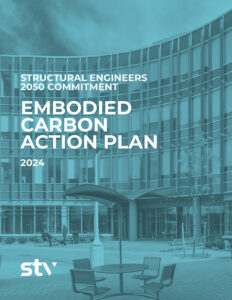 STV’s Embodied Carbon Action Plan (ECAP) outlines our strategy to reduce the firm’s embodied carbon footprint by adopting and innovating upon best practices in structural design, in alignment with the Structural Engineers 2050 Commitment (SE 2050), to foster a more sustainable built environment.
STV’s Embodied Carbon Action Plan (ECAP) outlines our strategy to reduce the firm’s embodied carbon footprint by adopting and innovating upon best practices in structural design, in alignment with the Structural Engineers 2050 Commitment (SE 2050), to foster a more sustainable built environment.
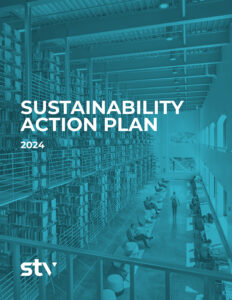 STV’s Sustainability Action Plan (SAP) affirms our commitment to strategically and equitably reducing environmental impacts across all of our design and planning services—for the wellbeing of our communities, ecosystems and future generations.
STV’s Sustainability Action Plan (SAP) affirms our commitment to strategically and equitably reducing environmental impacts across all of our design and planning services—for the wellbeing of our communities, ecosystems and future generations.
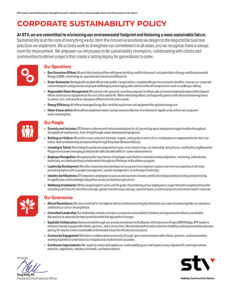 STV’s Corporate Sustainability Policy establishes a comprehensive framework that integrates Environmental, Social and Governance (ESG) principles into all aspects of the firm’s operations, aligning our core values with tangible actions that drive positive change.
STV’s Corporate Sustainability Policy establishes a comprehensive framework that integrates Environmental, Social and Governance (ESG) principles into all aspects of the firm’s operations, aligning our core values with tangible actions that drive positive change.
Get In Touch




